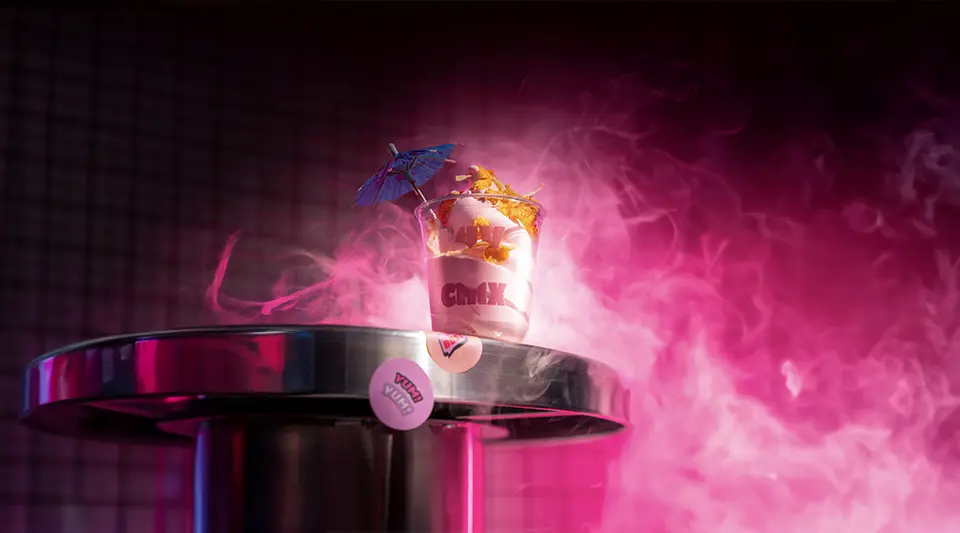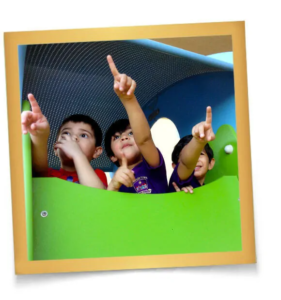
When it comes to promoting a restaurant, high-quality photos can make all the difference. Customers are often drawn to visually appealing images of food and ambiance, making them more likely to visit or order from your establishment.
However, simply taking good photos is not enough. In order to truly make an impact with your restaurant photos, you need to know how to edit them effectively. This will enhance the overall look and feel of your images, making them even more enticing for potential customers.
Here are some tips on restaurant photography for maximum impact:
Adjust lighting and exposure:
Lighting is the most important element of any photograph, and the same applies to restaurant photos. Properly adjusting exposure can brighten up a dull image or tone down a shot that is too bright. Use editing tools to correct the brightness, contrast, and highlights to make the food or the ambiance look inviting. Ensuring that your image isn’t overexposed or underexposed is key to achieving a natural, appealing look.
Correct color balance:
The right color temperature makes all the difference in food photography. If your image appears too warm or too cool, adjusting the white balance will help. Restaurant photos, especially of dishes, should look as natural and vibrant as possible. Tuning the colors to their true hues brings out the richness of the food and creates an appetising effect. Use the color balance or vibrance tool to fine-tune the colors.
Remove distractions:
Sometimes, there are elements in a photo that can distract from the subject, whether it’s an unappealing background, blemishes on the plate, or unwanted objects in the frame. Use editing tools to crop out distractions, blur backgrounds, or adjust focus on the food or interior. A clean, clutter-free image lets the viewer focus on what matters most—the food and atmosphere of your restaurant.
Sharpen details:
Sharpening is a subtle yet effective way to improve the textures and details in your images. Use the sharpening tool to bring out the fine textures in your food photos, such as the gloss on a perfectly cooked steak or the freshness of vegetables. However, be careful not to overdo it, as excessive sharpening can make the photo look unnatural.
Apply filters and presets:
While it’s important to maintain a natural look, sometimes applying a filter or preset can add style and uniformity to your restaurant photos. You can experiment with different filters to create a mood or tone that matches the ambiance of your restaurant. Whether you’re going for a warm, rustic feel or a modern, sleek look, editing can help reinforce your brand identity.

